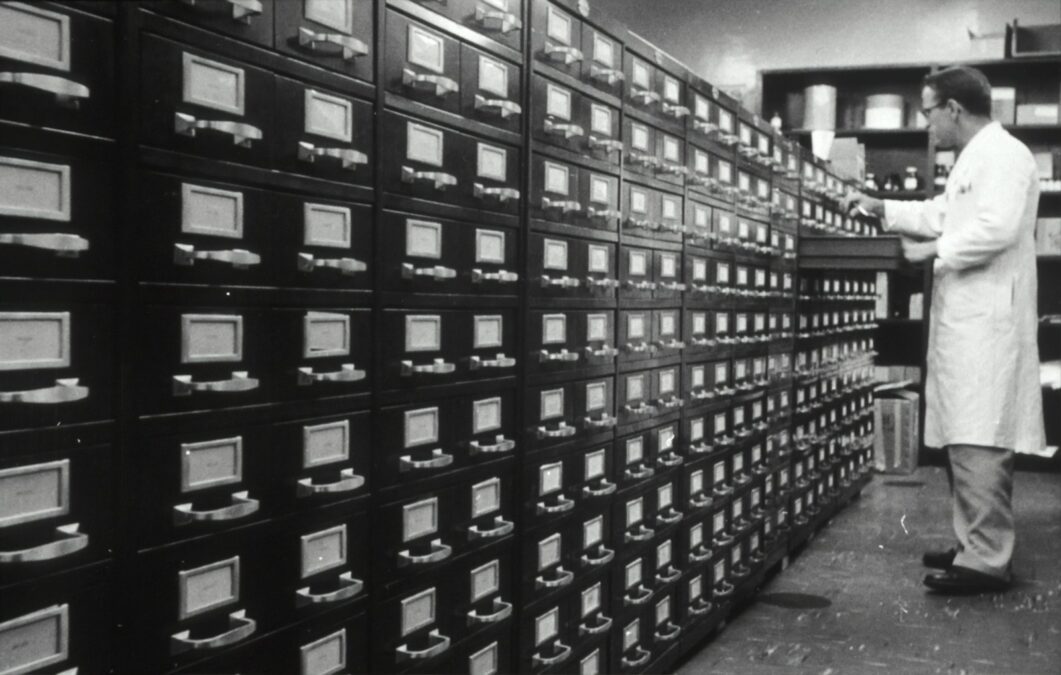How 5G Networks are Transforming Remote Healthcare Delivery
5G networks are ushering in a new era of telemedicine, significantly enhancing the accuracy of remote healthcare Industry. With lightning-fast speeds, ultra-low latency, and robust connectivity, 5G is empowering healthcare providers to deliver high-quality virtual care to patients, regardless of their location. In regions like Saudi Arabia and the UAE, where access to specialized healthcare services can be limited in remote areas, the adoption of 5G-powered telemedicine is proving to be a game-changer, improving patient outcomes and expanding access to healthcare.
High-Quality Video Consultations
One of the most significant advantages of 5G in telemedicine is the ability to conduct high-quality video consultations in real time. 5G networks provide the bandwidth necessary to transmit high-definition video and audio, ensuring a smooth and seamless communication experience between healthcare providers and patients. This allows for accurate visual assessments, detailed discussions, and effective communication of diagnoses and treatment plans. Patients can now consult with specialists from the comfort of their own homes, eliminating the need for travel and reducing the burden on healthcare facilities.
Real-Time Remote Monitoring
5G enables real-time remote monitoring of patients’ vital signs and health data, enhancing the accuracy and timeliness of diagnoses. Connected medical devices, such as blood pressure monitors, glucose meters, and heart rate monitors, can transmit patient data to healthcare providers instantly via 5G networks. This allows for continuous monitoring of chronic conditions, early detection of potential issues, and prompt intervention. The ability to monitor patients remotely also reduces the frequency of hospital visits, improving patient satisfaction and reducing healthcare costs.
Augmented and Virtual Reality in Telemedicine
5G networks open up exciting possibilities for the integration of augmented reality (AR) and virtual reality (VR) in telemedicine. AR overlays can provide healthcare providers with real-time information about a patient’s anatomy during a video consultation, aiding in diagnosis and treatment planning. VR simulations can be used for training healthcare professionals, allowing them to practice procedures in a safe and controlled environment. These immersive technologies have the potential to significantly enhance the effectiveness of telemedicine, particularly in specialized fields such as surgery, rehabilitation, and mental health.
Addressing Challenges and Ensuring Data Security
While the benefits of 5G in telemedicine are immense, there are challenges that need to be addressed. Ensuring the security and privacy of patient data transmitted over 5G networks is of paramount importance. Implementing robust cybersecurity measures, such as encryption and secure authentication protocols, is crucial to protect sensitive health information. Additionally, regulatory frameworks and ethical guidelines need to be established to govern the use of 5G in healthcare, ensuring equitable access, accountability, and the responsible use of this transformative technology.
Expanding Healthcare Access in Underserved Areas
5G-powered telemedicine has the potential to bridge the healthcare gap in underserved areas of Saudi Arabia and the UAE. By providing remote access to specialists and specialized healthcare services, 5G can improve the quality of care for patients in remote communities, who often face challenges accessing healthcare due to distance, limited resources, and a shortage of healthcare professionals. This can lead to earlier diagnosis, timely treatment, and better health outcomes for patients who previously had limited options for healthcare.
The Future of Healthcare with 5G
The future of healthcare is increasingly digital, and 5G is the key enabler of this transformation. As 5G networks continue to expand and mature, we can expect to see even more innovative telemedicine applications emerge, such as remote robotic surgery, AI-powered diagnostics, and virtual reality-based rehabilitation. The integration of 5G with other emerging technologies, such as blockchain for secure data sharing and the metaverse for immersive healthcare experiences, has the potential to revolutionize the way we deliver and receive healthcare. The visionary leadership in Saudi Arabia and the UAE is already embracing these possibilities, investing in cutting-edge technologies and infrastructure to create a future where healthcare is more accessible, efficient, personalized, and reliable.
#5G #Telemedicine #Healthcare #DigitalHealth #RemoteHealthcare

